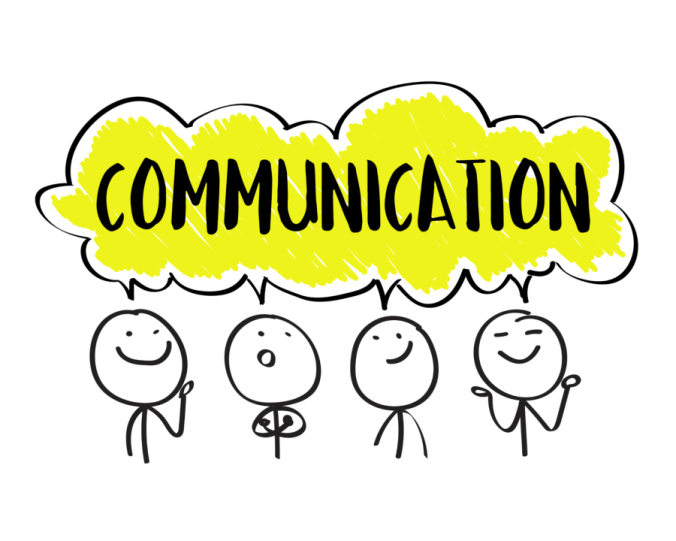Effective communication is crucial to fostering a positive relationship between leaders and employees. It can show employees they are valued and heard, improving employee satisfaction and retention. Conversely, poor communication can lead to workplace inefficiencies, foster employee discontent, and create engagement and retention issues.
There are many ways for leaders to connect with employees to enhance engagement, and productivity. The most effective communication strategy is tailored to align with an organization and its employees’ unique goals and needs. Try out these tips and see what a difference a focus on good communications can make.
Communicate what you can. Whether it’s an emerging opportunity, a tricky issue, or an upcoming change, communicate early about what you know – and what you don’t yet know. If you can’t talk about a specific element, say what you can and explain why you can’t say more.
Respect the privacy of others. When sharing sensitive information, make sure it is only passed on to relevant people, and that they understand it is not meant for further distribution internally and externally.
Check for understanding. We make assumptions that we have communicated clearly, and at the same time we’re reluctant to check for understanding for fear of being seen as condescending.
Don’t over-play the upside. When you need to deliver challenging news to your team, play it straight and don’t sugarcoat the facts. Be sensitive to the effect on individuals, but don’t try to shield them by vagueness or making the positives bigger than they really are while not explaining the potential downsides.
Identify the goal. Overloading employees with information that isn’t relevant to them can irritate or confuse them, decreasing engagement. Instead, craft pertinent communications by asking yourself who your desired audience is, what information they need and what, if anything, you want your employees to do differently after the communication.
Understand the audience. To engage employees, you must communicate to your desired audience, focusing on tone, transparency, and delivery. Also, consider your audience when determining the appropriate channels for communication (e.g., meetings, emails, etc.).
Create avenues for employee feedback or questions. Boost employee engagement by creating two-way communication channels. This shows employees their opinions are valued and may have the added benefit of providing you with new ideas for future improvements. Foster open communication by:
- Allowing time for employees to ask questions or discuss things at the end of meetings.
- Conducting periodic and anonymous employee opinion polls
- Having an open-door policy at all managerial levels.
The more openly and effectively everyone in the workplace communicates, the less likely you are to sit with conflicts arising from misunderstanding. This translates into better morale and higher levels of motivation; and a highly motivated workplace is a productive workplace.
References:
Hausmann Group (2024, Feb 2): Common Employee Communication Mistakes to Avoid
CEO Magazine (2024, June 19) Neryl East: How to Avoid the Five Most Common Communication Blunders
NetGuru (2023, Oct 17) Chris Meier: Avoiding Common Workplace Communication Mistakes


Leave a Reply